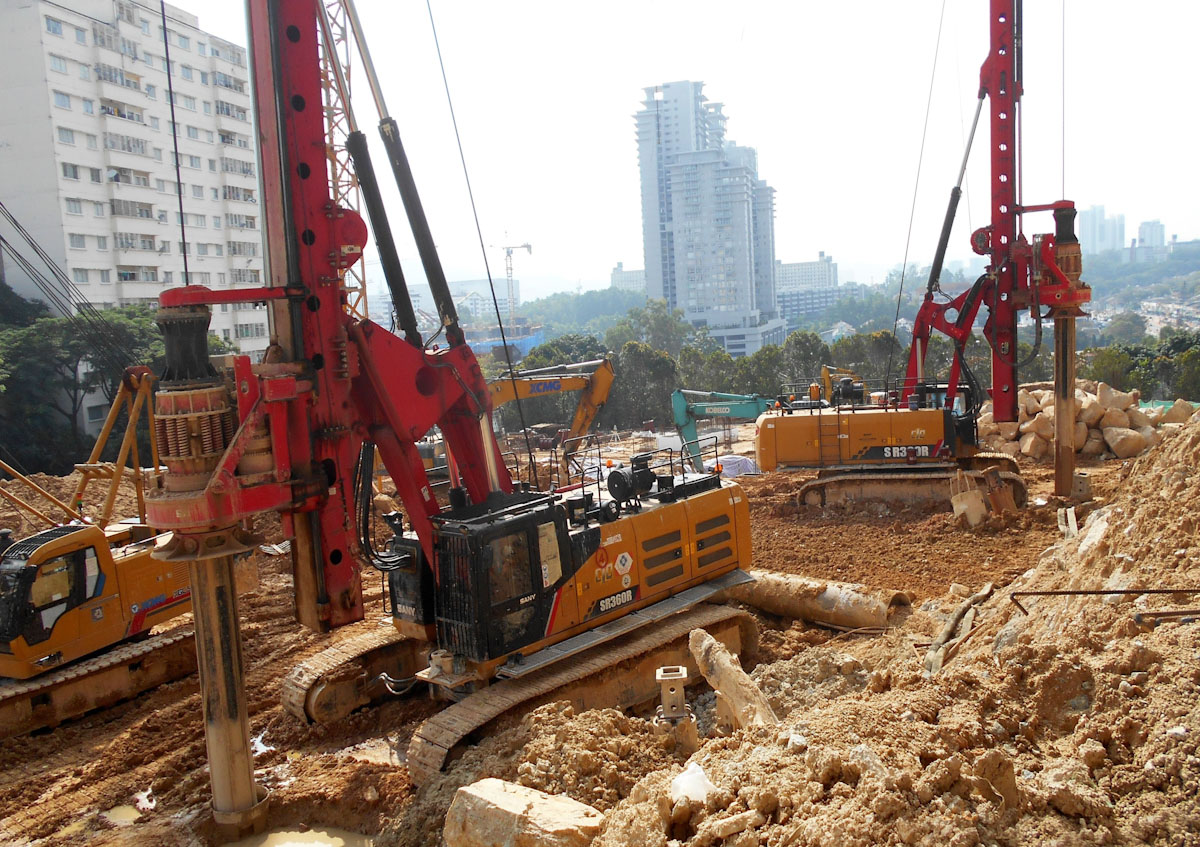
Everything You Need To Know About Driven Piles
Driven piles are a form of construction foundation that is used frequently when dealing with weak structures. They are required for uploading structures by moving multiple loads through weak soil that do not have the bearing capacity. They’re used to uphold tanks, bridges, walls and buildings – giving them the crucial support they need. Their use is not just limited to those - they also uphold embankments, retaining walls, bulkheads, sheets piles and anchor structures. The powered tracks driving piles are made of a variety of shapes and sizes – different methods are used to drive them into the ground to get to the level of depth required. This is usually dictated by the building’s design. In some cases, when dealing with hard soil, a pre-drill is required to reach the required depth of the pile.
The Different types of Driving Piles
There are many piles that are used in construction including composite piles, wooden piles, precast concrete piles and steel piles. Steel piles are usually used to connect marine structures. They can get to 36 m in length down below the soil. Steel screw piles are used for low foundations in sand and can reach 24 m in length. Steel tube piles are useful for marine structures and reach the bottom through the use of a drop hammer. Precast piles can range in shape and are used underwater. Wooden piles are used for riverbanks and smaller projects. Advantages- The manufacture of driven piles can be outside the location of the project which means when it’s ready to be installed, the process is easier.
- Driven piles avoid the need to dig up the soil and remove it which is time-consuming and can lead to structural issues.
- Piles are affordable as they are manufactured in all shapes, materials and sizes.
- They are resistant to tough situations including weather.
- They need a large team and meticulous planning in advance.
- There may be additional costs and prolonged installation as, in some cases, the length may be calculated wrongly resulting in cutting and splicing.
- Driven piles are not always right for the situation.
- Vibrations caused by the installation of piles can affect the foundations of the overall structure.

